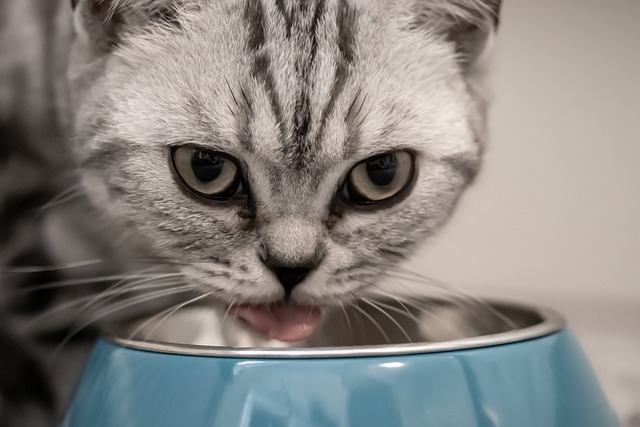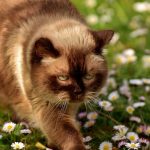Introduction
The curious reluctance of cats towards water has intrigued cat owners for generations. This article delves into the historical, evolutionary, and instinctual factors that shape a cat’s relationship with water. Additionally, it sheds light on the intriguing behavior of cats who are drawn to running water.
Why Cats Prefer to Stay Dry
- Rooted in History:
- Cats’ ancestors, originating from the Middle East, dwelled in arid environments with limited exposure to water beyond drinking. This ancestral trait continues to influence their aversion to water.
- A Drenched Coat is No Fun!:
- Most cats possess coats that retain water, making them heavy and impeding their agility. Cats value control and the ability to escape potential threats, which is compromised with a soaked coat.
- Staying Beautiful is Hard Work!:
- Cats are meticulous groomers, dedicating a significant portion of their day to self-care. Wet fur disrupts their grooming routine and compromises their efforts to maintain a pristine appearance.
- Sensitive Smell:
- Cats possess a heightened sense of smell, making them acutely aware of odors and chemicals in water. This sensitivity further deters them from engaging with water.
Why Cats are Fascinated by Running Water
- Prey Drive Activation:
- The sight and sound of moving water triggers a cat’s primal hunting instincts. The noise and reflection created by flowing water captivate their attention, enticing them to play.
- Evolutionary Instincts:
- Cats have evolved to associate moving water with freshness and safety, a behavior passed down from their wild ancestors. In nature, flowing streams are perceived as a safer water source.
Cat Breeds that Embrace Water
- Maine Coon, Bengal, Abyssinian, Norwegian Forest, and Turkish Van:
- Some cat breeds exhibit a remarkable affinity for water, stemming from diverse factors like water-resistant coats, ancestral ties to aquatic environments, or specific adaptations to water-rich habitats.
- The Turkish Van’s Aquatic Prowess:
- The Turkish Van, renowned as the “swimming cat,” boasts a waterproof coat. Hailing from the Lake Van region in Turkey, their ancestors swam to cool off, leaving an enduring legacy of water-loving tendencies.
Conclusion
While the stereotype of cats avoiding water persists, it’s important to recognize the individuality and complexity of feline behavior. Understanding their historical roots, evolutionary instincts, and breed-specific traits provides valuable insights into this enigmatic relationship. Whether a dry-land dweller or an aquatic adventurer, each cat brings its own unique personality to this captivating dynamic with water.



